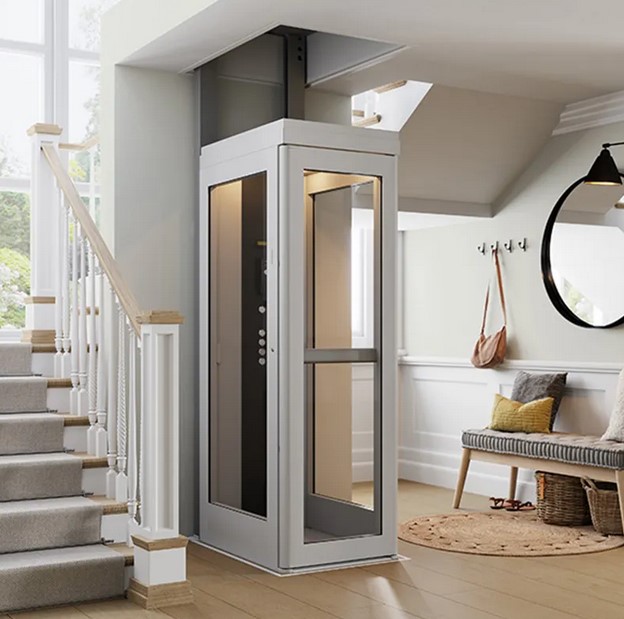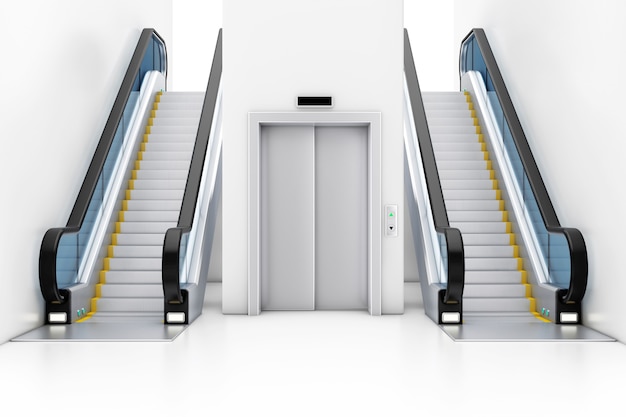Find Reliable Lift Repair Near Me for Quick and Affordable Service
Find Reliable Lift Repair Near Me for Quick and Affordable Service
Blog Article
Unraveling the Complexities of Lift Modern Technology: Troubleshooting Common Problems Across Lift Models
In the world of lift modern technology, a myriad of complexities commonly exist underneath the surface of what shows up to be a simple device. From sluggish operation concerns to strange noises rising from the machinery, troubleshooting usual problems across numerous lift versions requires a keen eye for information and a systematic strategy - repair and maintenance services. As we get started on this journey to unwind the complexities that can afflict these crucial devices, a deeper understanding of the inner functions and prospective pitfalls of lift modern technology is crucial. Stay tuned as we navigate with the maze of lift malfunctions, looking for services to the enigmatic issues that can interfere with the smooth functioning of these important devices.
Determining Slow Procedure Issues

Following, inspect the electrical links to ensure that all parts are correctly linked and operating. Malfunctioning wiring or loose links can result in reduce procedure or total breakdown of the lift system. Furthermore, it is necessary to examine the control system to identify if the issue depends on the programs or sensors.
If the visual examination and electric checks do not expose the root reason of the slow operation, further analysis tests may be necessary. These can include pressure tests for hydraulic systems, voltage tests for electric components, or running analysis software program for the control system. repair and maintenance services. By following an organized technique to fixing sluggish operation problems, you can successfully identify and deal with the problem, guaranteeing the lift operates safely and successfully
Resolving Strange Sounds
To properly repair lift technology for odd sounds, an extensive examination of the lift elements adhering to the recognition of slow-moving procedure issues is necessary. Weird sounds in lifts can be a sign of underlying problems that require punctual interest to ensure the security and integrity of the system.
Additionally, it is critical to refer to the lift manufacturer's maintenance guidelines and look for assistance from qualified specialists when handling intricate lift components or unfamiliar troubleshooting treatments. By quickly dealing with and attending to odd sounds underlying concerns, lift drivers can make sure the optimum efficiency and security of the lift system for guests and drivers.
Handling Faulty Control Issues
An efficient approach for attending to damaged control troubles in lift modern technology includes performing a detailed assessment of the control system's elements and functionality. When encountering concerns with lift controls, it is crucial to first look for any kind of loosened links, damaged circuitry, or malfunctioning sensing units. Verifying that all control buttons, keypads, and screens are functioning appropriately is additionally necessary in diagnosing the trouble accurately.
If no visible concerns appear, professionals need to proceed to examine the control panel for any type of indicators of water damage, overheating, or rust, as these can usually bring about manage breakdowns. Furthermore, resetting the control system or updating the software application might aid solve specific problems or pests creating the trouble.

Tackling Hydraulic System Malfunctions
The effectiveness of hydraulic systems in lifts depends heavily on the correct performance of various elements within the system. When hydraulic systems malfunction in lifts, it can result in operational disruptions and security worries. One typical concern is hydraulic liquid leakage, which can take place due to worn-out seals, loosened links, or damaged cylinders. To tackle this trouble, technicians must perform an extensive examination to identify the source of the leakage and change any kind of defective elements without delay.
An additional frequent hydraulic system malfunction is a loss of pressure, which can result from air entering the system, fluid contamination, or pump ineffectiveness. Service technicians can resolve this by hemorrhaging the system to get rid of air, changing infected liquid, or servicing the pump as required. In addition, abnormalities in hydraulic liquid degrees or uncommon sounds during lift operation may indicate underlying system malfunctions that require immediate attention to protect against more damages. Routine maintenance and prompt troubleshooting of hydraulic system problems are crucial to making certain the effective and risk-free procedure of lift technology.
Managing Electric Element Failures
Resolving electrical component failings in lift innovation necessitates a systematic strategy to identifying and dealing with concerns to preserve operational capability and safety criteria. When coming across electrical issues in lift systems, it is essential to initial carry out a comprehensive examination of the electrical parts, including control board, electrical wiring, sensing units, and circuit card. Any kind of indications of damages, corrosion, loosened connections, or scorched elements must be carefully noted and resolved quickly to avoid additional difficulties.
When it comes to electric part failures, it is necessary to follow maker standards for troubleshooting and repair service treatments. This may include examining the components utilizing multimeters, oscilloscopes, or various other analysis tools to pinpoint the precise resource of the malfunction. Additionally, having a detailed understanding of the lift's electric schematics and wiring diagrams can help in recognizing and fixing issues effectively.
Routine upkeep and examination schedules can help avoid electrical failings by identifying potential issues early. Correct training for lift professionals on electrical systems and components is also vital to guarantee precise diagnosis and efficient resolution of electrical issues, eventually adding to the overall security and dependability of lift operations.
Conclusion
Finally, troubleshooting lift technology published here requires a systematic approach to recognize and resolve usual troubles such as sluggish operation, unusual noises, faulty controls, hydraulic system breakdowns, and electric element failures. By understanding the intricacies of lift modern technology and adhering to appropriate fixing steps, technicians can properly settle concerns and make sure the risk-free and efficient operation of lifts throughout numerous designs.
To effectively repair lift innovation for unusual sounds, a like it complete evaluation of the lift components adhering to the identification of slow procedure problems is necessary. Odd noises in lifts can be a measure of underlying problems that call for timely attention to make certain the security and integrity of the system.An efficient strategy for attending to defective control troubles in lift technology entails conducting a thorough assessment of the control system's parts and functionality.The performance of hydraulic systems in lifts relies greatly on the proper performance of numerous elements within the system. repair and maintenance services. When running into electrical troubles in lift systems, it is essential to very first conduct a complete inspection of the electrical parts, including control panels, circuitry, sensors, and circuit boards
Report this page